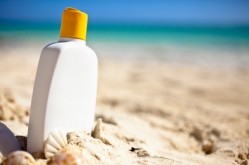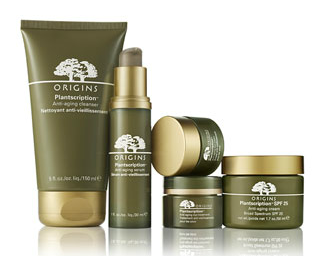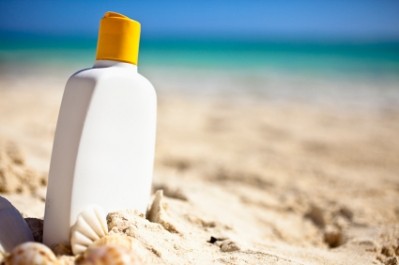NAD recommends Merck to drop sunscreen advertising claims

The US watchdog recommended Merck to discontinue the advertising claim that its product, with a sun protection factor (SPF) of 15 or higher, “Protects across 100 percent of the UVA UVB spectrum.”
NAD determined that Merck’s evidence supported the claim that Coppertone sunscreens with a SPF of 15 or higher offer some skin protection for all wavelengths across the entire UVA UVB spectrum, but stated that evidence in the records did not support the claim that the products provide 100 percent protection across the spectrum.
Take the advice
It was therefore recommended that Merck discontinue the claim, however nothing in the decision prevents the advertiser from promoting that its sunscreens offer protection across the entire UVA UVB spectrum, as long as any new claim does not imply complete protection at every point in the spectrum.
Merck’s response was that while it “disagrees with the NAD's view about other conveyed messages, Merck Consumer Care will take the NAD's view into consideration in its advertising going forward. Merck Consumer Care respects the NAD's program of self-initiated inquiries and supports the self-regulatory process.”
To measure spectral coverage at the UVA end of the spectrum, researchers measure the ‘absorbency’ associated with active ingredients in sunscreens.
Literal vs implication
According to Merck Consumer Care, there is no test currently available of providing information about the extent to which skin receives protection from the percentage of UV rays blocked at any given point of the UV spectrum, especially for the longer UVA rays.
NAD noted in its decision that it is well-held that while a claim may be literally true it may still convey a message that is false or misleading.
“[We] appreciated that the advertiser’s intended message was the breadth of its sunscreens’ coverage rather than the completeness of the protection. However, regardless of intent, advertisers are responsible for all the reasonable messages conveyed by their advertising,” said the NAD statement.
The final decision came down to the use of the claim ‘across 100 percent’ as it is a quantified term of absolute completeness and would be perceived that way.








